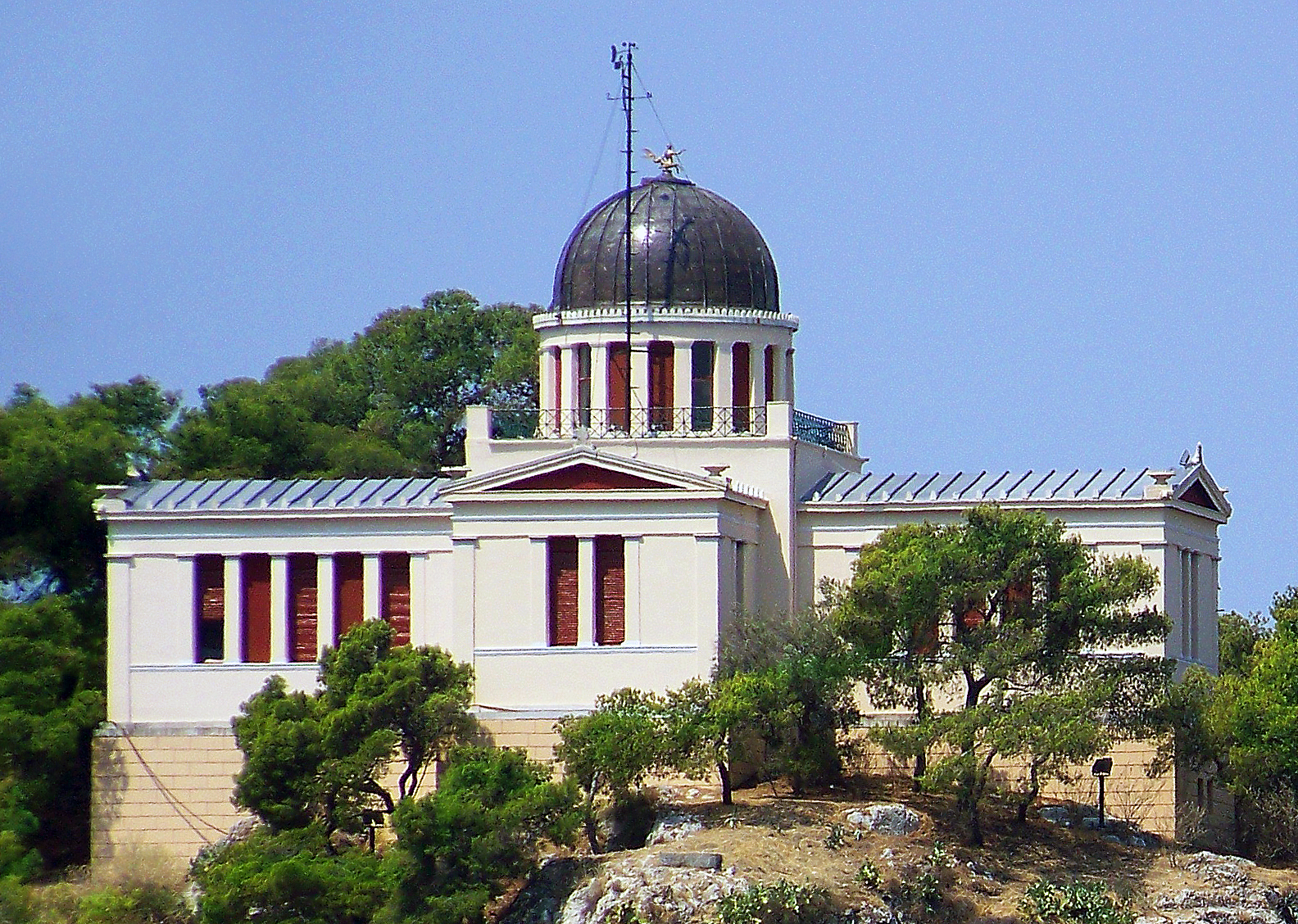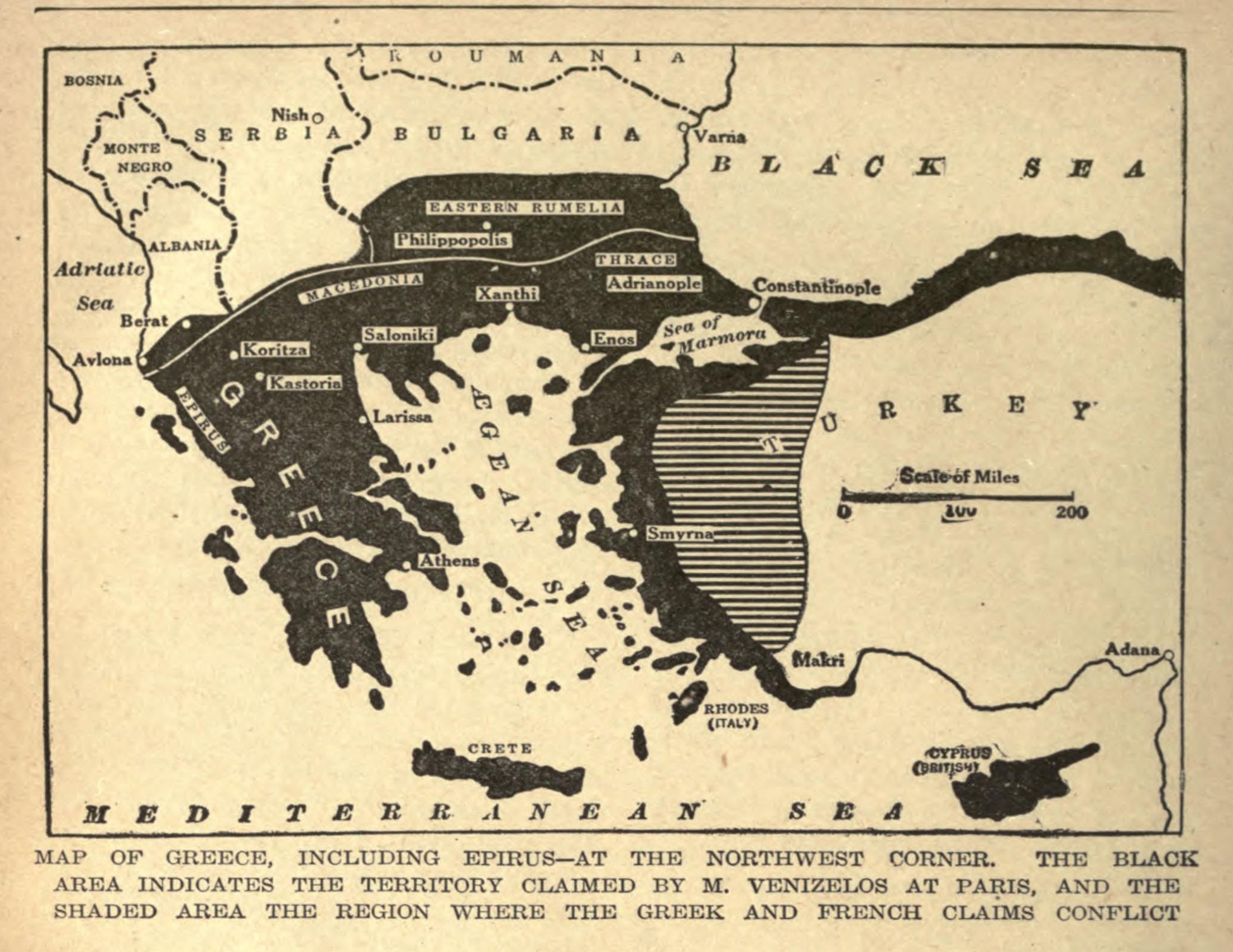|
New Marmara
Neos Marmaras (, ''Néos Marmarás'', , "New Marmara") is a town on the Sithonia peninsula, in the Chalkidiki peninsula, Macedonia, Greece. In 2021, Neos Marmaras had 3,038 permanent residents; however, the summer-time population has been estimated at 20,000. The main industries are tourism, agriculture (olives, wine, and honey), and fishing. Situated on three shoreline hills, below the two mountains, Itamos and Dragoudeli, Neos Marmaras is located from Thessaloniki, from Poligyros and 9 kilometres (6 mi) from Elia (Nikiti). History Most of the residents are originally from Marmara Island, in the Sea of Marmara, and from Parthenonas, a small village on the mountain, Itamos. Neos Marmaras was formed in 1925 by Greek refugees from Marmara Island following the Asia Minor catastrophe and exchange of populations with Turkey. In 1970, the traditional inland hill village of Parthenonas was abandoned and these inhabitants moved down to the coast and also settled in Neos Marmaras bo ... [...More Info...] [...Related Items...] OR: [Wikipedia] [Google] [Baidu] |
Central Macedonia
Central Macedonia ( ; , ) is one of the thirteen Regions of Greece, administrative regions of Greece, consisting the central part of the Geographic regions of Greece, geographical and historical region of Macedonia (Greece), Macedonia. With a population of almost 1.8 million, it is the second most populous region in Greece after Attica (region), Attica. Geography The region of Central Macedonia is situated in Northern Greece, bordering the Administrative regions of Greece, regions of Western Macedonia (west), Thessaly (south), Eastern Macedonia and Thrace (east), and bounded to the north at the international borders of Greece by the Republic of North Macedonia and Bulgaria. The southern part is coastal and is bathed by the Thermaic Gulf, Thermaic, Toronean Gulf, Toroneos, Singitic Gulf, Singitic and Strymonian Gulf, Strymonic gulfs. The largest city and capital of the region is Thessaloniki. Serres is the second most populous city, followed by Katerini, Veria and Giannitsa. Cen ... [...More Info...] [...Related Items...] OR: [Wikipedia] [Google] [Baidu] |
Porto Carras
Porto Carras (Greek: Πόρτο Καρράς), known as Porto Carras Grand Resort, is one of northern Greece's largest and most famous hotels and holiday resorts. It is located on Sithonia, Chalkidiki peninsula in Macedonia (Greece), Macedonia, Greece. It is about 120 km away from Greece's second-biggest city, Thessaloniki. Porto Carras has garnered a reputation as a popular destination particularly among Serbian tourists, who comprise as much as 90% of monthly visitor traffic. Its array of amenities, including luxurious hotels, a marina, a casino, and a golf course, coupled with its proximity to Serbia, have contributed to its appeal within this demographic. History Porto Carras was created by Yiannis Carras, a Greek businessman and ship-owner. Originally it was planned with the renowned architect Walter Gropius, but the construction works started posthumously in 1973. The project brought a revolution to Chalkidiki's tourism. In April 2020, Porto Carras changed ownership and ... [...More Info...] [...Related Items...] OR: [Wikipedia] [Google] [Baidu] |
World Meteorological Organization
The World Meteorological Organization (WMO) is a List of specialized agencies of the United Nations, specialized agency of the United Nations responsible for promoting international cooperation on atmospheric science, climatology, hydrology and geophysics. The WMO originated from the International Meteorological Organization (IMO), a nongovernmental organization founded in 1873 as a forum for exchanging weather data and research. Proposals to reform the status and structure of the IMO culminated in the World Meteorological Convention of 1947, which formally established the World Meteorological Organization. The Convention entered into force on 23 March 1950, and the following year the WMO began operations as an intergovernmental organization within the UN system. The WMO is made up of 193 countries and territories, and facilitates the "free and unrestricted" exchange of data, information, and research between the respective meteorological and hydrological institutions of its m ... [...More Info...] [...Related Items...] OR: [Wikipedia] [Google] [Baidu] |
Hardiness Zone
A hardiness zone is a geographic area defined as having a certain average annual minimum temperature, a factor relevant to the survival of many plants. In some systems other statistics are included in the calculations. The original and most widely used system, developed by the United States Department of Agriculture (USDA) as a rough guide for landscaping and gardening, defines 13 zones by long-term average annual extreme minimum temperatures. It has been adapted by and to other countries (such as Canada) in various forms. A plant may be described as "hardy to zone 10": this means that the plant can withstand a minimum temperature of . Unless otherwise specified, in American contexts "hardiness zone" or simply "zone" usually refers to the USDA scale. However, some confusion can exist in discussing buildings and HVAC, where "climate zone" can refer to the International Energy Conservation Code zones, where Zone 1 is warm and Zone 8 is cold. Other hardiness rating schemes have been ... [...More Info...] [...Related Items...] OR: [Wikipedia] [Google] [Baidu] |
National Observatory Of Athens
The National Observatory of Athens (NOA; ) is a research institute in Athens, Greece. Founded in 1842, it is the oldest List of research institutes in Greece, research foundation in Greece. The Observatory was the first scientific research institute built after Greece became independent in 1829, and one of the oldest research institutes in Southern Europe. It was built around the same period as the United States Naval Observatory. The world-renowned Greek-Austrian astronomer Georgios Konstantinos Vouris lobbied to create the National Observatory of Athens in the newly founded state. He persuaded wealthy Greek-Austrian banker Georgios Sinas to pay for the new massive observatory. The Austrian-born Otto of Greece, Greek King found out the news and awarded Georgios Sinas's son the Order of the Redeemer. The King also selected the architects for the building under Georgios Konstantinos Vouris's supervision, which were Eduard Schaubert and Theophil Hansen. The Athens observatory sinc ... [...More Info...] [...Related Items...] OR: [Wikipedia] [Google] [Baidu] |
French Riviera
The French Riviera, known in French as the (; , ; ), is the Mediterranean coastline of the southeast corner of France. There is no official boundary, but it is considered to be the coastal area of the Alpes-Maritimes department, extending from the rock formation Massif de l'Esterel to Menton, at the France–Italy border, although some other sources place the western boundary further west around Saint-Tropez or even Toulon. The coast is entirely within the Provence-Alpes-Côte d'Azur region of France. The Principality of Monaco is a semi-enclave within the region, surrounded on three sides by France and fronting the Mediterranean. The French Riviera contains the seaside resorts of Cap-d'Ail, Beaulieu-sur-Mer, Saint-Jean-Cap-Ferrat, Villefranche-sur-Mer, Antibes, Juan-les-Pins, Cannes, and Théoule-sur-Mer. ''Riviera'' is an Italian word that originates from the ancient Ligurian territory of Italy, wedged between the Var and Magra rivers. ''Côte d'Azur'' is origin ... [...More Info...] [...Related Items...] OR: [Wikipedia] [Google] [Baidu] |
Mediterranean
The Mediterranean Sea ( ) is a sea connected to the Atlantic Ocean, surrounded by the Mediterranean basin and almost completely enclosed by land: on the east by the Levant in West Asia, on the north by Anatolia in West Asia and Southern Europe, on the south by North Africa, and on the west almost by the Morocco–Spain border. The Mediterranean Sea covers an area of about , representing 0.7% of the global ocean surface, but its connection to the Atlantic via the Strait of Gibraltar—the narrow strait that connects the Atlantic Ocean to the Mediterranean Sea and separates the Iberian Peninsula in Europe from Morocco in Africa—is only wide. Geological evidence indicates that around 5.9 million years ago, the Mediterranean was cut off from the Atlantic and was partly or completely desiccated over a period of some 600,000 years during the Messinian salinity crisis before being refilled by the Zanclean flood about 5.3 million years ago. The sea was an important rout ... [...More Info...] [...Related Items...] OR: [Wikipedia] [Google] [Baidu] |
Köppen Climate Classification
The Köppen climate classification divides Earth climates into five main climate groups, with each group being divided based on patterns of seasonal precipitation and temperature. The five main groups are ''A'' (tropical), ''B'' (arid), ''C'' (temperate), ''D'' (continental), and ''E'' (polar). Each group and subgroup is represented by a letter. All climates are assigned a main group (the first letter). All climates except for those in the ''E'' group are assigned a seasonal precipitation subgroup (the second letter). For example, ''Af'' indicates a tropical rainforest climate. The system assigns a temperature subgroup for all groups other than those in the ''A'' group, indicated by the third letter for climates in ''B'', ''C'', ''D'', and the second letter for climates in ''E''. Other examples include: ''Cfb'' indicating an oceanic climate with warm summers as indicated by the ending ''b.'', while ''Dwb'' indicates a semi-Monsoon continental climate, monsoonal continental climate ... [...More Info...] [...Related Items...] OR: [Wikipedia] [Google] [Baidu] |
Hot Semi-arid Climate
A semi-arid climate, semi-desert climate, or steppe climate is a dry climate sub-type. It is located on regions that receive precipitation below potential evapotranspiration, but not as low as a desert climate. There are different kinds of semi-arid climates, depending on variables such as temperature, and they give rise to different biomes. Defining attributes of semi-arid climates A more precise definition is given by the Köppen climate classification, which treats steppe climates (''BSh'' and ''BSk'') as intermediates between desert climates (BW) and humid climates (A, C, D) in ecological characteristics and agricultural potential. Semi-arid climates tend to support short, thorny or scrubby vegetation and are usually dominated by either grasses or shrubs as they usually cannot support forests. To determine if a location has a semi-arid climate, the precipitation threshold must first be determined. The method used to find the precipitation threshold (in millimeters): * m ... [...More Info...] [...Related Items...] OR: [Wikipedia] [Google] [Baidu] |
Greco-Turkish War (1919–1922)
The Greco-Turkish War of 1919–1922 was fought between Greece and the Turkish National Movement during the partitioning of the Ottoman Empire in the aftermath of World War I, between 15 May 1919 and 14 October 1922. This conflict was a part of the Turkish War of Independence. The Greek campaign was launched primarily because the western Allies, particularly British Prime Minister David Lloyd George, had promised Greece territorial gains at the expense of the Ottoman Empire, recently defeated in World War I. Greek claims stemmed from the fact that Western Anatolia had been part of Ancient Greece and the Byzantine Empire before the Turks conquered the area in the 12th–15th centuries. The armed conflict started when the Greek forces landed in Smyrna (now İzmir), on 15 May 1919. They advanced inland and took control of the western and northwestern part of Anatolia, including the cities of Manisa, Balıkesir, Aydın, Kütahya, Bursa, and Eskişehir. Their advance was chec ... [...More Info...] [...Related Items...] OR: [Wikipedia] [Google] [Baidu] |
Chalkidiki
Chalkidiki (; , alternatively Halkidiki), also known as Chalcidice, is a peninsula and regional unit of Greece, part of the region of Central Macedonia, in the geographic region of Macedonia in Northern Greece. The autonomous Mount Athos region constitutes the easternmost part of the peninsula, but not of the regional unit. The capital of Chalkidiki is the town of Polygyros, located in the centre of the peninsula, while the largest town is Nea Moudania. Chalkidiki is a popular summer tourist destination. Name ''Chalkidiki'' also spelled ''Halkidiki'' () or ''Chalcidice'' () is named after the ancient Greek city-state of Chalcis in Euboea, which colonised the area in the 8th century BC. Geography Chalkidiki consists of a large peninsula in the northwestern Aegean Sea, resembling a hand with three 'fingers' (though in Greek these peninsulas are often referred to as 'legs'). From west to east, these are Kassandra (highest peak 345 m), Sithonia (highest peak Mt Itamos 81 ... [...More Info...] [...Related Items...] OR: [Wikipedia] [Google] [Baidu] |
Greek Refugees
Greek refugees is a collective term used to refer to the more than one million Greek Orthodox natives of Asia Minor, Thrace and the Black Sea areas who fled during the Greek genocide (1914-1923) and Greece's later defeat in the Greco-Turkish War (1919–1922), as well as remaining Greek Orthodox inhabitants of Turkey who were required to leave their homes for Greece shortly thereafter as part of the population exchange between Greece and Turkey, which formalized the population transfer and barred the return of the refugees. This Convention Concerning the Exchange of Greek and Turkish Populations was signed in Lausanne, on January 30, 1923 as part of the peace treaty between Greece and Turkey and required all remaining Orthodox Christians in Turkey, regardless of what language they spoke, be relocated to Greece with the exception of those in Istanbul and two nearby islands. Although the term has been used in various times to refer to fleeing populations of Greek descent (primar ... [...More Info...] [...Related Items...] OR: [Wikipedia] [Google] [Baidu] |








